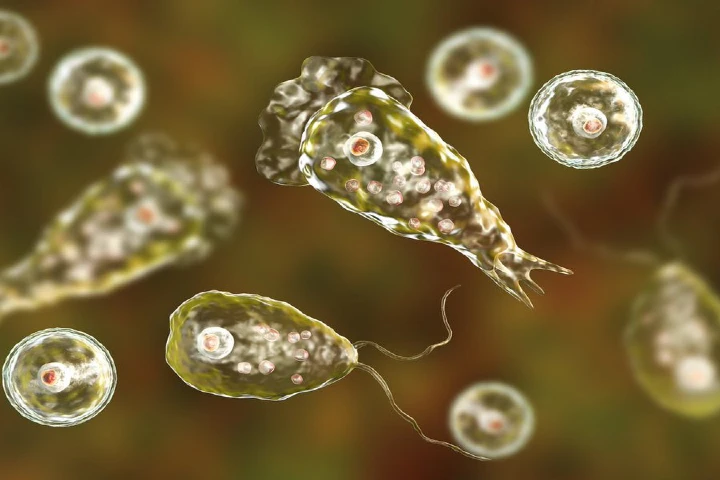Reading about amoeba takes one back to the science classes during school days when one learnt about how this single-celled organism divides into two to procreate. To know that one species of this kill comes as a rude shock.
As per a livescience.com report a boy in Nevada US died on October 19 due to Naegleria fowleri amoeba species which causes a rare brain-eating amoeba infection. The Southern Nevada Health District stated he probably got afflicted by it when he was on the Arizona side of Lake Mead.
Interestingly, even in neighbouring Pakistan, a 28-year-old boy Muzammil Ali is reported to have fallen victim to this infection. He had taken a bath in swimming pool.
N. fowleri is found in soil and warm fresh water including lakes. It is a source of rare disease which as per the Centres for Disease Control and Prevention affect the brain and spinal cord.
A nearly fatal disease which is also known as primary amebic meningoencephalitis (PAM), it has affected 154 US residents between 1962 and 2021 with only four of them surviving.
It is not by eating this creature or by mixing with those who are infected by PAM that people contact this rare illness. In fact, those suffering from it become infected when this organism gets in through the nose and enters the brain through the olfactory nerve – that conveys messages and information about smells to the brain from the nose.
The infected person exhibits the symptoms between one and 12 days following the exposure and fatality occurs from one to 18 days after the symptoms are manifested.
The US victim was a child from Clark County whose symptoms surfaced after a week of his visiting Lake Mead in early October. The signs of the disease include severe frontal headaches, vomiting, nausea and fever, while the symptoms shown later include seizures, stiff neck, hallucinations, altered mental status, and coma, stated CDC.
While informing that PAM is an uncommon disease with chances of getting it really low, CDC cautions that “people should always assume there is a risk for infection whenever entering warm fresh water”.
CDC further added: “Attempts have been made to determine what concentration of Naegleria fowleri in the environment poses an unacceptable risk. However, no method currently exists that accurately and reproducibly measures the numbers of amebae [also spelled amoebae] in the water.”
Certain precautions have been suggested by CDC to reduce the risk of PAM
- Avoid jumping or diving into bodies of warm fresh water, especially during the summer
- Keep the nose shut by using nose clips or keep the head above water when in warm fresh water bodies
- Putting head under water in hot springs and other untreated geothermal waters should be avoided
- Digging in or stirring up sediment in shallow warm fresh water should be avoided as amoebae are more likely to live in sediment at the bottom of lakes, ponds, and rivers




















